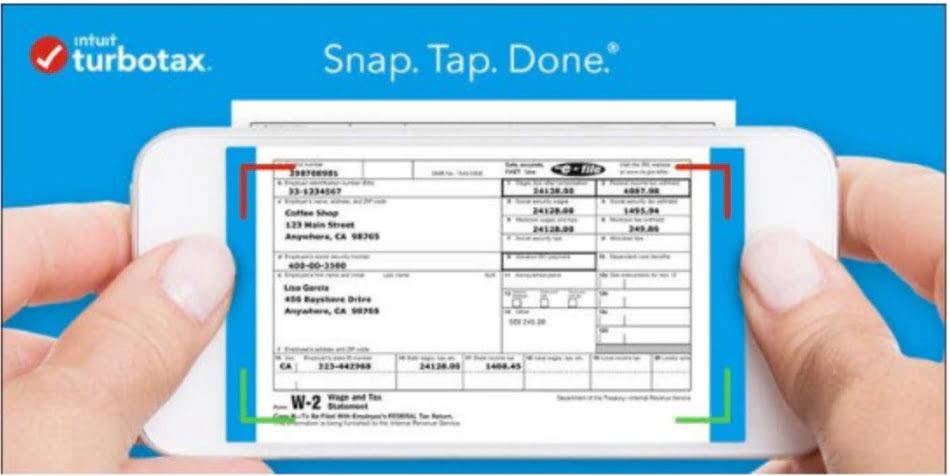
An audit is often done by a third party or internal team to check a company’s financial statements. A time-consuming audit can mean higher costs for your organization since auditors have to go beyond their budgeted hours. Reconciliation software leverages advanced algorithms and rule-based matching to ensure accurate and consistent reconciliation. By following these steps consistently and thoroughly, businesses can maintain accurate financial statements, detect and prevent fraud, and ensure the organization’s overall financial health. By regularly comparing financial records, businesses can detect these issues early on and take corrective action to maintain their accounts receivable, accounts payable, and general ledger integrity. An up to date, well-documented accounting practice keeps companies healthy and poised for growth and operational efficiency.

Reduces errors
Use the best practices and tips below to improve your payment reconciliation process. Payment reconciliation can help detect discrepancies or errors within the AP process, including duplicate payments, unauthorized payments, unusual payment patterns, or missing documentation. This insight not only reduces errors within the payment process but can also help AP teams detect payment fraud that may otherwise have gone unnoticed. If you neglect this process, you risk undetected errors, compliance issues, and financial losses.

Best practices for effective payment reconciliation
- With our automation tool in place, customers no longer need to navigate their ERP to track open bills and pay closed bills.
- While this may sound straightforward, manual paperwork carries the risk of human error.
- Similarly, interest earned on a bank account might appear on a statement but be overlooked in internal records.
- With automation, payment reconciliation shifts from a tedious verification task to a proactive financial management tool.
- These tools automatically import transaction data, reducing the need for manual data entry.
- Settlement finalises the payment, while reconciliation validates it afterward.
- These unrecorded items necessitate adding new entries to the business’s ledger.
If you find transactions that don’t align, investigate the discrepancies to determine their causes. This could involve contacting the bank, checking receipts or other original transaction documents, or reviewing your accounting entries. Once you have identified the reasons for the discrepancies, make the necessary corrections or adjustments in your accounting records. Payment reconciliation using automation can streamline the process without sacrificing accuracy or security. Various accounting software programs such as QuickBooks, Xero, and Floqast include reconciliation. Payment reconciliation is the process of matching your internal payment records with external transaction data from banks, payment processors, or gateways.
- Accounts payable reconciliation compares the company’s accounts payable records for amounts owed to vendors/suppliers against the invoices received from those vendors.
- Managing payments and ensuring all transaction records are accurate and legitimate seems easy enough.
- Yes, even small businesses that make and receive very few monthly payments still need to routinely reconcile payments in order to keep their books current and understand the financial health of the business.
- And as a last example, financial institutions must navigate a mix of payment types—from wire transfers to international transactions—all while maintaining airtight compliance.
- It involves matching collected cash against sales receipts, helping to detect potential issues such as employee theft or accounting inaccuracies.
- Implementing automated reconciliation software speeds up the process, reduces errors, and frees up time for more strategic tasks.
Formalize the process
- Then, one has to match all the transactions recorded in internal data with the entries in the bank or external records.
- However, before you begin with a new accounting software tool, it’s important to do your due diligence and ensure it has the right security measures in place.
- When payment data is clean and consistent, modern tools can automate much of the process.
- The challenges lie in creating and maintaining a system that is both effective and efficient, but the rewards of a system that protects financial integrity are significant and far-reaching.
- Catching these red flags early can prevent significant financial losses and protect your business’s reputation.
- This kind of standardization sets the stage for a much cleaner reconciliation process.
Verification serves as a cornerstone of the process of aligning outgoing monetary values with their respective debits. Without rigorous verification, the entire process is rendered unreliable, potentially leading to inaccurate financial statements and an increased risk of fraudulent activity. The act of confirming that payments were indeed made as authorized and accurately recorded is the first critical step in this financial exercise. Verification is not merely a procedural step; it payment reconciliation definition is the bedrock upon which financial trust is built. In contrast, automated payment reconciliation is a technology-driven process that streamlines and automates time-consuming, error-prone reconciliation across multiple providers, accounts, and payment methods. Imagine your business’s monthly reconciliation shows $12,200 in your accounting records (general ledger), but your bank statement shows a balance of $11,600.
- Incorrect financial reporting can have significant consequences for companies and all their stakeholders, such as investors and shareholders.
- In the next section, we will present a possible solution to start your journey to automation.
- This also demonstrates why it’s important for businesses to have an organised system for logging expenses and, if possible, avoid cash payments when an alternative method is available.
- Regular review helps you stay proactive and adapt to changing business needs.

The good news is we’ve come a long way from the days of ancient tally sticks, in which merchants recorded payments by notching cuts into animal bones or pieces of wood. The bad news is that payment reconciliation is more time-consuming and painstaking than ever for finance teams. One of the core pillars for every business is to get paid on time to minimize the chase for unpaid invoices and late payments. With regular payment reconciliation, you can keep a track of missed or late invoices and follow up on the https://mongecorporation.com/accrual-to-cash-adjustment-tips-for-hall/ same for timely settlements. But it’s cash flow and financial details that act as a brain to keep everything in order. Keeping track of income and business-related expenses is essential for growth and maintaining good financial health.

Challenges of manual payment reconciliation
This can slow down the reconciliation process and lead to errors and increase the risk of hacking and fraud. Merchants often receive payments through multiple channels, such as credit card transactions, online payments and other types of payment gateways. Payments reconciliation enables merchants to match these various transactions with corresponding records in their internal accounting systems, bank statements and payment processor reports. Even with the best intentions, discrepancies between your internal records and bank statements are bound to happen. These mismatches can stem from various issues, like timing differences in transaction postings or incorrect data entry. Identifying and resolving these discrepancies is crucial for maintaining accurate financial records, but it can be a real time-sink, retained earnings especially for businesses with high transaction volumes.


